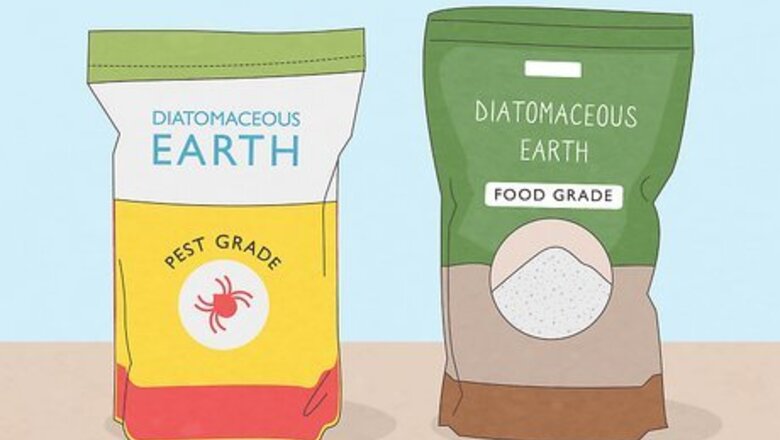
views
X
Research source
[2]
X
Expert Source
Chris ParkerFounder, Parker Eco Pest Control
Expert Interview. 18 February 2021.
These powdered fossils are a natural pesticide used mostly for bedbugs, but are potentially effective against any carpet pests. Because it tends to work slowly and sometimes unpredictably, it's best to follow other pest control practices at the same time, such as thorough cleaning and humidity control.
Preparing Your Materials
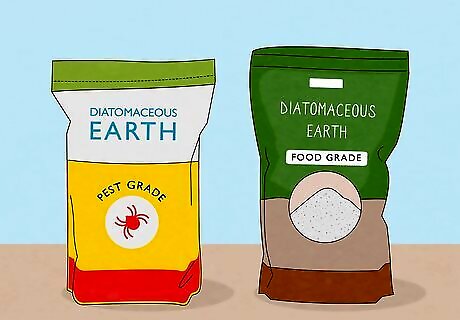
Use pest grade or food grade diatomaceous earth. Diatomaceous earth (DE) comes in two forms. Most DE sold as a pest control treatment or labeled "food-grade" is safe for home use and not linked to serious health issues. Never use pool grade or industrial grade DE in your home, since these forms can (eventually) cause permanent respiratory problems. All DE products are actually a mix of the "safe" and "unsafe" types. Food grade DE still has a small amount of "unsafe" DE, and is still dangerous if inhaled in large quantities. DE sold for pest control has to meet specific safety standards and list safe instructions on the label (at least in the US), so this is usually the best choice. Food grade DE may not have a detailed safety label, since it is not intended to be used in pure, dry form, but it is similar to pest-grade DE and the risk of harm is low with the precautions below.
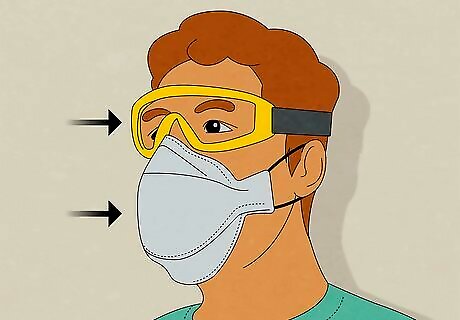
Follow safety instructions. Food-grade DE is meant to be stirred into food and eaten, so in general, it's pretty safe. However, the concentrated, dry powder can still irritate your lungs and eyes, particularly if you have asthma. and skin. Review these safety precautions before you begin: Consider wearing a dust mask or eye protection while you're applying the DE to avoid breathing it in or getting it into your eyes.
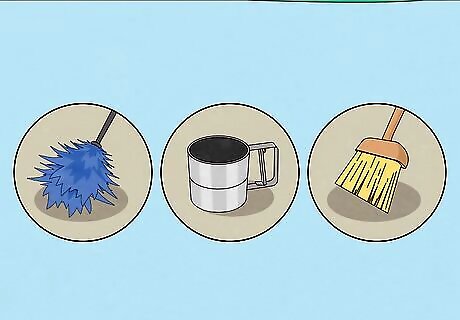
Choose a dusting tool. Professional pest controls use special dusters to put down a fine, even layer of dust, but these can be hard for consumers to find. You can use a feather duster, paint brush, or flour sifter instead. Spoon (don't pour) the DE onto the dusting tool slowly, to avoid a cloud of dust. Squeeze bottles or bellows are not recommended, since they cause too much drifting.
Applying Diatomaceous Earth
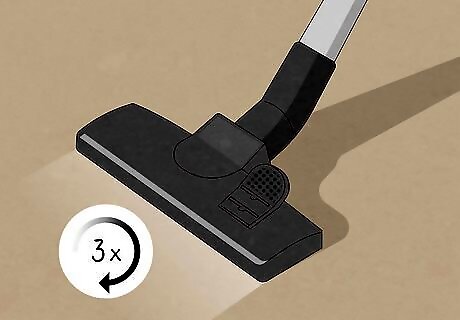
Vacuum the carpet multiple times. Before you even apply the DE, vacuum the room thoroughly at least 3 times. That will help remove some of the bugs and eggs from the room, making the DE treatment even more effective. This is especially helpful if you're dealing with fleas or carpet beetles.
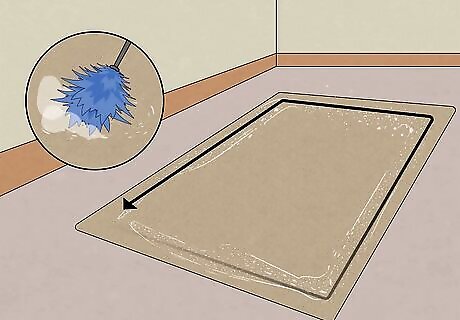
Dust a fine layer onto carpet edges. Carefully apply an even, barely visible layer of dust around the perimeter of the carpet. The insects need to crawl across the dust for it to injure them, and they're more likely to avoid piles or thick layers of dust. Thick layers of DE are also more likely to get kicked up into the air and irritate lungs or eyes. Carpets are usually only treated on the edges so human activity doesn't kick the dust into the air (where it's more likely to make you cough than kill insects). If the carpet is in a side room, you might be able to dust a larger area without any problems.
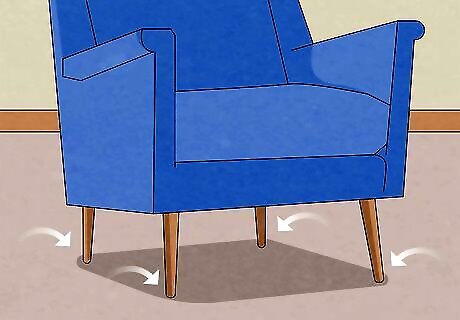
Dust around furniture legs. Diatomaceous earth is not intended for use on upholstery or mattresses, where it can irritate human skin. However, a thin layer around the legs of furniture will affect any insects that crawl up onto the bed or couch. This won't stop the insects from reaching the furniture, but it will expose them to DE on the way and (hopefully) kill them a few days later.
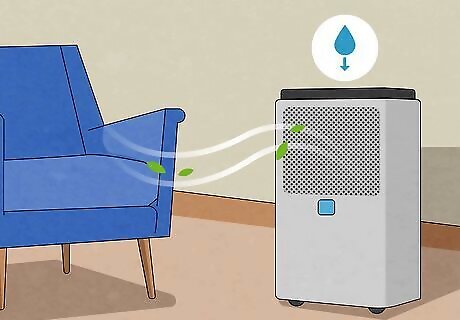
Keep humidity down. Diatomaceous earth is more effective in dry environments. Run a dehumidifier in the room if you have one. A cross-breeze can also help, but avoid pointing fans where they could blow away the powder.
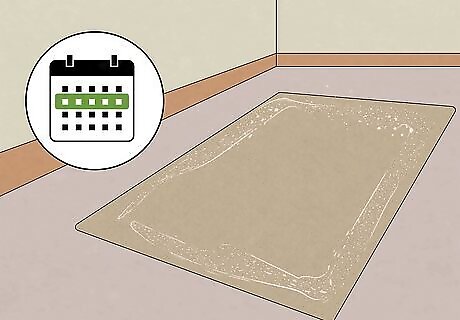
Leave in the carpet as long as needed. As long as you aren't kicking up dust or coughing (which shouldn't happen with proper application), there's no need to remove the diatomaceous earth. It remains effective as long as it stays dry, and often takes a week or more to start killing insects. Since the insects may have laid eggs by then, leaving on the diatomaceous earth for several weeks will help prevent a rebound. Try leaving the DE down for a week, then vacuum it up and repeat the treatment. After about 3 weeks, you should break the cycle of eggs hatching and adults laying more eggs.
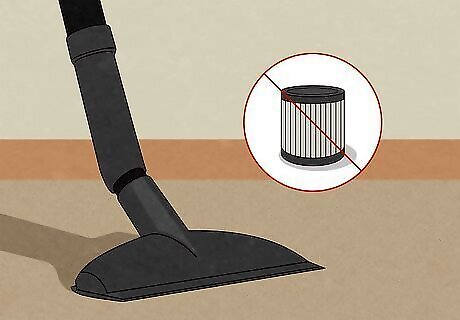
Remove the DE with a filterless vacuum. Diatomaceous earth is very hard and can quickly ruin a normal vacuum's filter. A normal vacuum might be fine for a single, light application, but a filterless vacuum or a shop vac are better choices if you plan to apply the DE multiple times. There is no hurry to remove DE from your carpet unless you applied too much (leaving visible piles of dust). Just keep the proper tools in mind so you don't damage your normal vacuum cleaner during regular carpet cleaning.
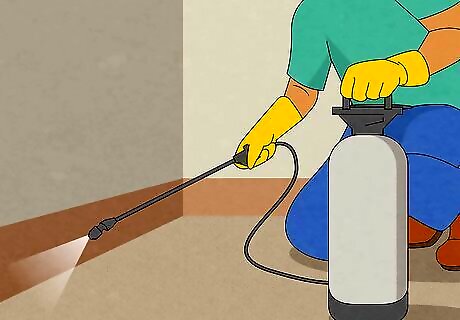
Use other pest control methods at the same time. It's hard to predict how effective the DE treatment will be. An insect population in one neighborhood may even be more resistant than the same insect species somewhere else. If you're still struggling with an outbreak, attack the insects with multiple treatments at once. Find out about more treatments for bed bugs, cockroaches, carpet beetles, or fleas.
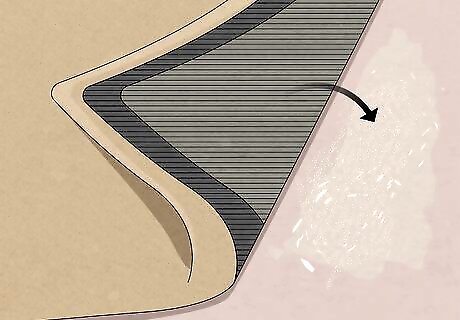
Consider leaving DE under the carpet edges. As long as DE stays dry, it can remain effective for months or even years. If you can lift your carpet, consider leaving a thin layer of DE underneath the edges, where it won't get kicked up. It's best not to leave DE out in households with pets or young kids.













Comments
0 comment